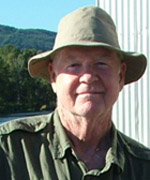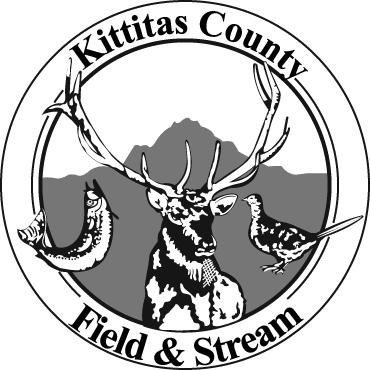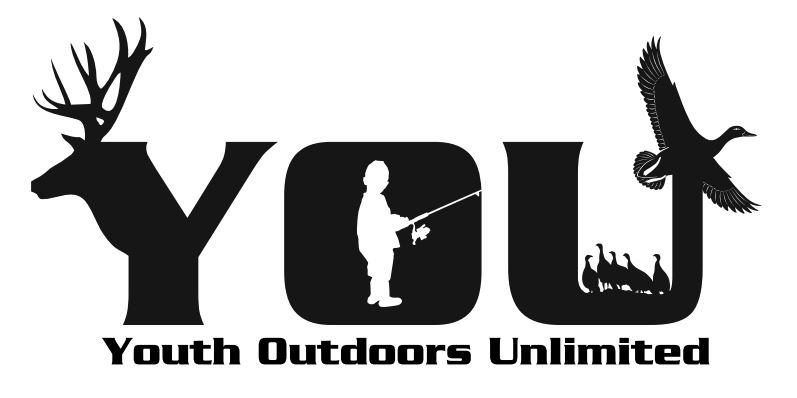About Fall, Real Food, and Medicine
Ahh, fall… And the season of food and celebration begins. For the colder seasons ahead, we process and put up the fruits of our garden labor – and the healthful meat made from those animals which give themselves to the sustenance of our families and communities. And we indulge in conversations about meat and vegetables and fruits and raw vs. processed… and health.
Fascinating to me that, even with the changing diets and dietary habits of recent decades, we are still having familiar conversations about meat and food. The words and faces have changed a bit, but I still hear comments similar to the turn of the Century words of the woman too young to be worrying about such things. “Oh God,” she said, “Red meat is awful. It would make me fat and old and kill me.” At the time, my Native Alaskan friends just laughed and spoke of praying over food, turning it into “medicine” for the body. “Too many white people,” Athabasca John said, “have just forgotten to be thankful.”
This most always reminds me of the late Julia Child (“The Art of French Cooking”). I met her when I worked at Denver’s public TV station in the ‘60s; her goal was always to get people to eat wisely and well, and not to make “foolishness” of food. Last time I heard her speak – late in the last Century – she observed that “so many Americans place their panic and hysteria on food…a lot of people…are afraid to eat. They view the dinner table as a trap rather than a delight.”
I’ve been in this “real food” debate for a long time. What is food, anyhow? How does it become good for us? You will easily find study after study of the good things vegetables or fruit or fish or whatever will do for our bodies and health. Medical journals have published numerous studies suggesting that a positive attitude not only wards off illness, but may even make food better for us. My Yakama friend, “Bub” Mills, like my Native Alaskan guys reminds me that praying over food and water makes them “medicine,” and we must only be thankful for the plants and animals which honor us with the gifts of their flesh.
There’s the physical side of food, too. Decades ago, I studied Master Ohsawa’s macrobiotic and rice centered diet. I did several of his 10-day rice fasts, but clearly remember his very simple discussion of “food” and “not food:” If you chew it 50 times and there is no texture left in your mouth, it is not food. Period. (Most snack crackers become a smooth paste at six to ten chews. Veggies are food. Fruit is food. Meat is food. …Good chocolate melts smoothly across the tongue, but it isn’t food – everybody knows chocolate is a vitamin: Vitamin CH.)
Our family has a long tradition of gratitude – and prayer – for the food that sustains us. After my stepdad’s heart surgeries, he was pretty upset about the coming “special diet.” “Doggone it!” He complained to Mom, “They wanna take away all the stuff I really like!” Turned out that game meat was on the recommended list, as it was not only low in fat, but contributed to good cholesterol. “Hmm,” he confided to mom, “I guess they’re leaving me some real food.” Until his passing, I made sure they had game meat – real food – handy.
My oldest daughter has fought a long and amazingly successful battle with MS. She has done that on a diet of fresh vegetables and fruits and natural foods; “real” food, she called it. Early on she said, “What I mostly miss, Dad, is meat. The only kind I can have for my body is game meat or expensive buffalo. Do you ever have extra?” Duh… After that, we made sure she had a few deer and antelope additions to her diet. With her good prayer, that real food became medicine.
Julia Child never pushed fancy meals, just food prepared with fun and care; it was “small helpings, no seconds, a little bit of everything and always have a good time!”
The “good time,” may be the key. A couple decades ago, psychologist Paul Rozen and some of his grad students at the University of Pennsylvania interviewed over a thousand mostly French and American folks about food. He noted that the better French health (even with a much richer diet) may have a lot to do with state of mind; the French associated eating with pleasure, while Americans tended to associate it with health and nutrition and worry. Their work concluded that many Americans saw food as poison as much as nutrient: to a surprising number eating was almost as dangerous as not eating. It has long seemed to me that healthy folks just see food differently.
My all-time favorite story about food, attitude and health goes back to 1980. I was interviewing a 104 year-old woman for “Colorado Reflections,” my University of Colorado radio program about people who=d been living at the turn of the 20th century. Had she ever been sick? “Sure,” she said, “but I never took pills.” And the best food for her body? “White bread toast, hard fried bacon, and eggs fried in the bacon grease!” When I asked how she knew it was best for her, she looked at me as if I was from another planet. “Why, because I like it!”
I love the blessing of my game and fish and garden – good and joyful eating. Happy fall; our season of celebrating food.







